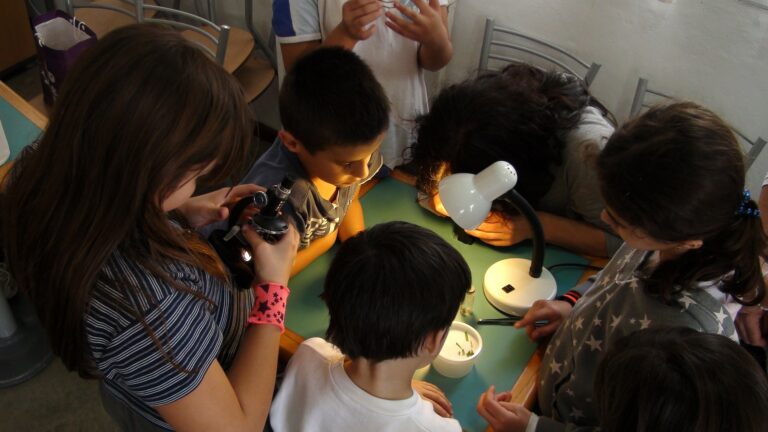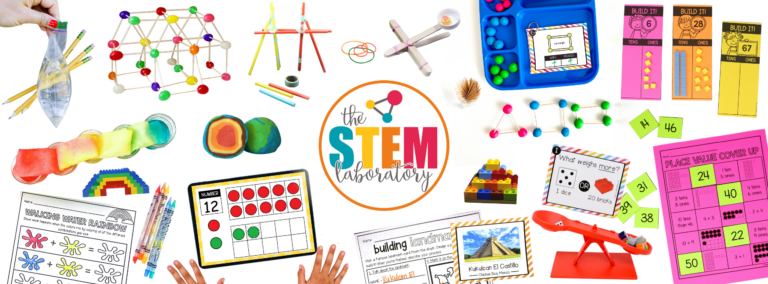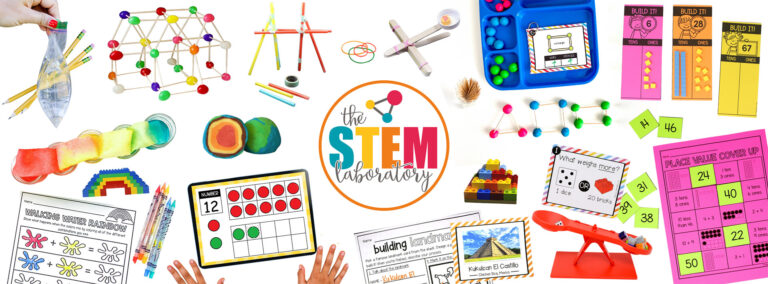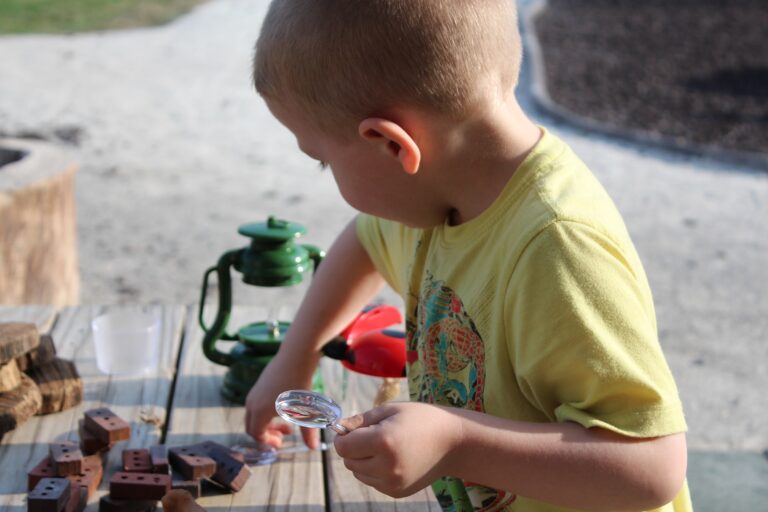What are the Advantages of STEM Activities?
STEM activities are those that focus on Science, Technology, Engineering and/or Math. Ideally these activities involve two or more of these disciplines. But it can be hard to conceive of engaging activities that are easy to accomplish in the classroom, but also really teach and reinforce the needed STEM concepts. The best STEM activities involve students interacting with the concept with their hands, whether it’s designing, building, creating, role playing or any other inventive and discovery-based process. To be most effective, STEM activities should mimic a real-world scenario as much as possible. That means giving it a context as though it’s happening in real life and there’s a real need to solve it.
Luckily, there are many resources available for educators wanting to incorporate more STEM activities into their classroom, or for those looking for some new ideas that will get kids excited about learning.
Contrary to popular belief, STEM activities don’t need to be overly complicated or expensive. Plenty of engaging STEM activities can be done with easy-to-obtain inexpensive items. For exploring building concepts, items as simple as jelly beans and toothpicks can be used, for example. Legos and Playdough lend themselves to many activities, and worksheets and journals can easily be made as well. For those who don’t have the time or want a wide variety of ideas, several online resources exist, including The Stem Laboratory, a site dedicated to STEM activities with free and affordable resources targeted to students in kindergarten through second grade.
Just by reading some of the STEM activity titles, you can get a sense of how engaging and entertaining they will be for students, and how much they will enjoy the activities while they’re learning real world concepts and cooperating with each other to accomplish the project. Titles of projects include: The Disappearing Egg Shell, Walking Water, Tornado in a Jar, Magic Balloons, Disappearing Skittles, Rainbow Milk, Volcano in a Jar, Sink or Float, Peppermint Fireworks, Lava in a Cup and so many more.
The really valuable part about STEM activities is that they harness a child’s curiosity, illustrate a real world problem and teach additional skills at the same time. Soft skills taught by STEM activities include creativity, teamwork, critical thinking, attention to detail, and collaboration, while enhancing their inquiry skills. Students also practice problem solving, following directions and presentation skills when sharing their findings.
When STEM activities are done in small groups, it’s also a chance for students to enjoy a sense of community and belonging as they work together to solve problems and report the results. It can be an opportunity to mix up the class dynamics and help with social and emotional learning as students will excel in different aspects related to the activity.
STEM activities also may inspire students to explore career fields they might not have considered otherwise. That could include becoming an environmental scientist, biochemist, psychologist, anthropologist, archeologist or medical scientist. Technology jobs include computer programmers, web developers, software systems developers, etc. Different engineering disciplines include mechanical, electrical, chemical, civil, aerospace and environmental. And in mathematics, accounting and economics are just a couple.






